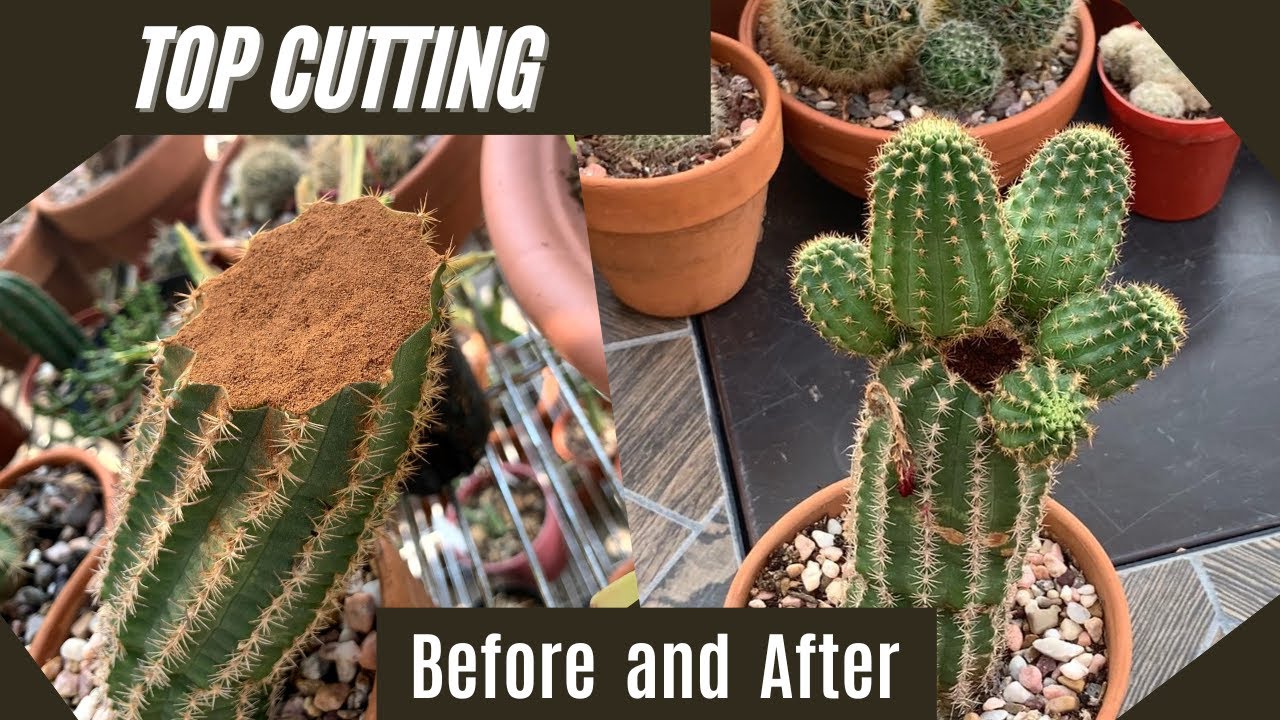Cacti, with their unique aesthetic appeal and resilience in arid environments, have captivated plant enthusiasts for generations. As a delightful addition to any collection, understanding how to appropriately cut and propagate these hardy plants is essential for any succulent lover. This comprehensive guide will equip you with the knowledge necessary to safely cut and propagate your cactus plants, ensuring continued growth and health.
Before delving into the steps of cutting a cactus, it’s imperative to familiarize yourself with the various species of cacti, as each has its own unique requirements and characteristics. Whether you’re caring for a towering Saguaro or a petite Echinopsis, knowing the species will inform your propagation methods. Moreover, understanding the anatomy of the cactus will aid in identifying where to make your cuts for successful propagation. The essential parts include the pads or segments, the stem, and the growing points or meristems. Each plays a crucial role in the health and regrowth of the plant.
Cactus propagation typically occurs through two principal methods: vegetative propagation and seed propagation. This guide will focus primarily on vegetative propagation through cuttings, a favored technique for its speed and efficiency.
Gathering the Right Tools for the Task
Preparing for the cutting process is akin to assembling the correct gear for a mission. Ensuring you have the right tools will make each step smoother and minimize the risk of injury or damage to the plant. Here’s a list of essential tools:
- Sharp, Clean Knife: Sanitize a sharp knife or pruning shears to make precise cuts, thereby reducing the likelihood of infection.
- Gloves: Since many cacti possess spines or glochids that can irritate the skin, wearing gloves is highly recommended.
- Potting Mix: Use a well-draining cactus mix or create your own using perlite, sand, and potting soil.
- Pots: Select shallow pots with drainage holes for optimum root health.
Timing is also critical. Late spring or early summer is generally considered the best time for cutting cacti, as the warm, growing conditions promote rapid healing and rooting.
The Art of Cutting: Techniques for Success
With the right tools in hand, it’s time to undertake the cutting process. Follow these steps to ensure a successful endeavor:
Identify the Cutting Point: Observe the cactus closely and decide which section to cut. Choose healthy, mature pads or segments for the best results.
Make an Exquisite Cut: Using your sanitized knife, carefully slice through the desired segment close to the base, minimizing damage to the whole plant. Aim for an angle cut if possible, as this increases surface area and potentially enhances rooting.
Let it Callous: After making the cut, place the segment in a dry, shaded area for a few days. This crucial step allows the cut end to callous over, which helps prevent rot when it’s planted.
Propagating Your Cactus: Potting and Care
Once the cut end has calloused, it’s ready for potting. Follow these guidelines to promote healthy rooting:
Prepare Your Pot: Fill the pot with your well-draining cactus mix. Ensure it is lightly packed and create a small hole in the center for your cutting.
Planting the Cutting: Gently place the calloused end into the prepared hole in the soil. Do not bury it too deeply; allowing some of the cactus to remain above the soil level will expedite the process.
Provide Optimal Conditions: Water the soil lightly, ensuring not to soak it. Place the pot in a warm, bright location, but out of direct sunlight until roots begin to develop, as too much light can stress the plant. You can use a plastic bag or a humidity dome for added moisture.
Monitor and Maintain: Over the next few weeks, regularly check the potting mix moisture and allow it to dry out between waterings. Once you notice new growth or roots, gradually acclimate your cactus to brighter light conditions.
Common Challenges in Cactus Propagation
Despite the straightforward nature of cactus propagation, challenges can arise. Familiarizing yourself with potential issues can bolster your success rate:
- Rotting: If too much moisture is present, the cut end may rot. Always prioritize well-draining soil and avoid overwatering, especially before roots develop.
- Insufficient Light: Without adequate light, your cutting may become elongated or fail to thrive. Ensure a balance of bright light without direct heat.
- Pest Infestation: Monitoring your cactus for pest activity is essential. If infested, treat promptly with appropriate measures, such as insecticidal soap.
Conclusion: The Thrill of Cactus Propagation
Successfully cutting and propagating a cactus can be an incredibly rewarding venture, not only giving life to new plants but also deepening your connection to these unique succulents. With patience and practice, anyone can master the art of cactus propagation, expanding their collection and sharing the joy of these resilient plants with friends and family. Enjoy the experience and let your cactus journey unfold.





Leave a Comment